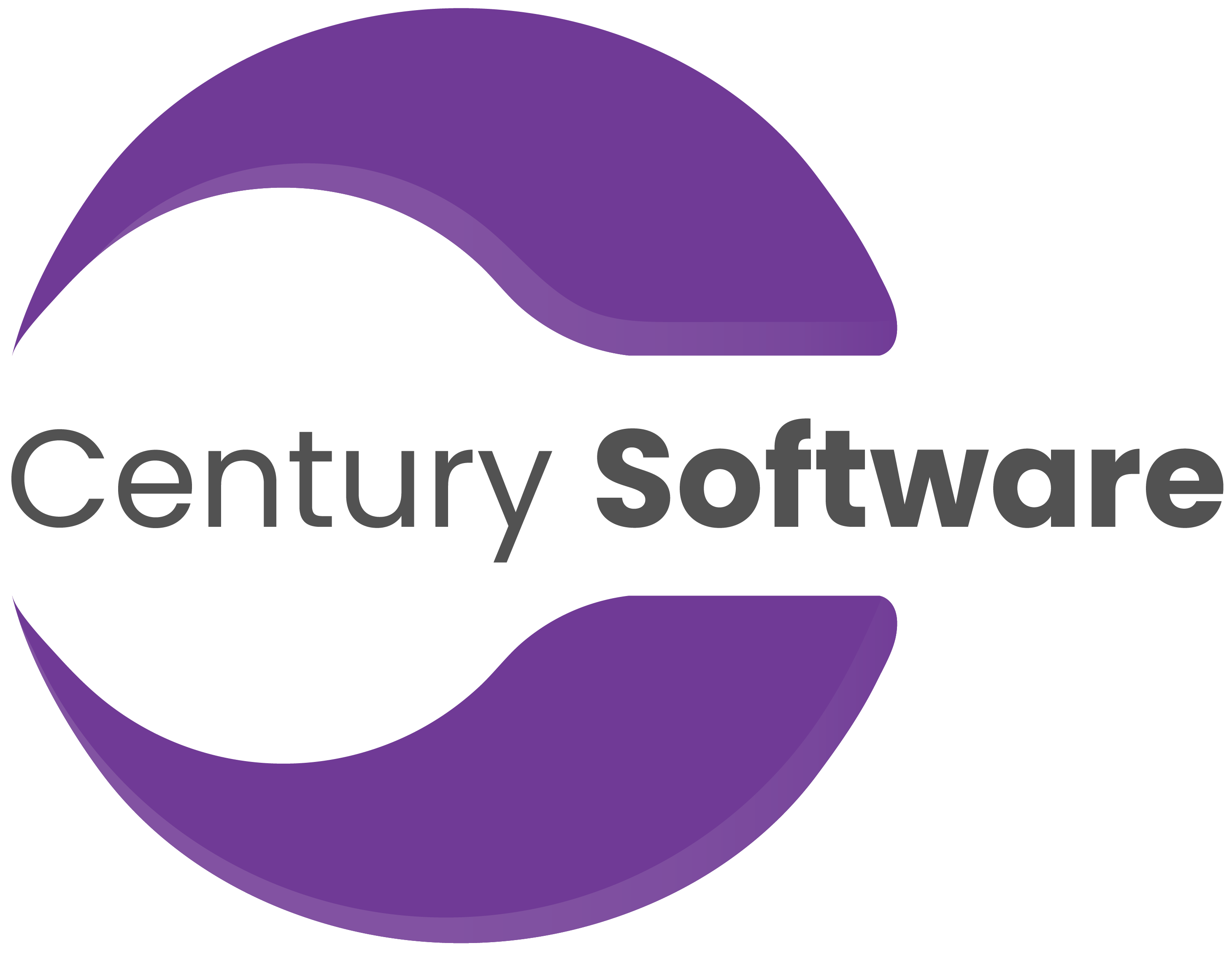Future-Proofing Operations: The Role of Robotic Process Automation in Business Evolution
In the ever-evolving landscape of business operations, staying ahead of the curve is imperative. The integration of technology has become a cornerstone for achieving efficiency and competitiveness. One such groundbreaking innovation that is reshaping the business landscape is Robotic Process Automation (RPA). In this comprehensive article, we delve into the significance of RPA in future-proofing operations and driving business evolution.
Unveiling the Dynamics of Robotic Process Automation
Defining Robotic Process Automation (RPA)
Robotic Process Automation refers to the use of specialized software, often referred to as “bots” or “robots,” to automate repetitive and rule-based tasks within business processes. These tasks, previously performed by human operators, can now be executed with unprecedented speed and accuracy, liberating human resources for more strategic and complex activities.
The Working Mechanism of RPA
RPA operates by mimicking human actions within a digital environment. It interacts with various applications, processes data, triggers responses, and even communicates with other systems. The ability to handle mundane tasks without human intervention not only accelerates processes but also minimizes errors, leading to increased operational efficiency.
RPA: A Catalyst for Business Evolution
Enhancing Operational Efficiency
One of the primary benefits of RPA is its capacity to streamline operations. Mundane tasks, such as data entry, invoice processing, and data validation, can be automated, significantly reducing the turnaround time. This efficiency boost allows organizations to reallocate resources strategically, fostering innovation and growth.
Cost Savings and Resource Optimization
Implementing RPA can lead to substantial cost savings. By automating routine tasks, businesses can achieve higher productivity levels without the need for additional human resources. This cost-effectiveness is a pivotal factor in the business evolution journey, enabling organizations to invest in critical areas that drive long-term success.
Error Reduction and Improved Accuracy
Human errors in data entry and processing can be costly and time-consuming. RPA minimizes these errors by executing tasks with precision and consistency. The enhanced accuracy not only improves overall data quality but also contributes to better decision-making processes within the organization.
Overcoming Challenges with RPA Implementation
Integration Challenges
Traditional spreadsheets might lack advanced analytics capabilities, making it challenging to generate in-depth reports or perform complex data analysis, limiting the depth of insights they can provide.
Change Management
The introduction of RPA may necessitate a cultural shift within an organization. Employees may initially resist the automation of tasks they traditionally handled. Effective change management strategies, including training programs and clear communication, are vital in ensuring a smooth transition.
The Future Landscape: RPA in Various Industries
Finance and Accounting
The finance and accounting sectors have embraced RPA to automate transactional processes, reconcile accounts, and manage compliance. This not only accelerates financial operations but also ensures adherence to regulatory standards.
Healthcare
In healthcare, RPA is revolutionizing administrative tasks, such as appointment scheduling, claims processing, and data management. This allows healthcare professionals to focus more on patient care and less on administrative burdens.
Supply Chain Management
RPA is optimizing supply chain processes by automating order processing, inventory management, and logistics coordination. This results in improved supply chain visibility and responsiveness.
Key Considerations for Successful RPA Implementation
Strategic Planning
Successful RPA implementation requires a well-thought-out strategy. Organizations should conduct a thorough analysis of their processes, identifying tasks that can benefit most from automation.
Continuous Monitoring and Optimization
RPA systems need continuous monitoring to ensure they adapt to changes in processes and technologies. Regular optimization ensures that the automation remains effective and aligned with business goals.
Conclusion
As businesses navigate the dynamic landscape of the future, embracing Robotic Process Automation emerges as a strategic imperative. The transformative power of RPA in enhancing operational efficiency, reducing costs, and mitigating errors positions it as a key player in business evolution. Organizations that harness the potential of RPA will not only future-proof their operations but also gain a competitive edge in the digital era.

